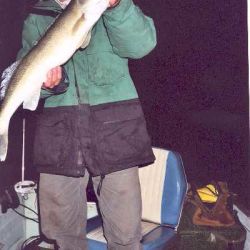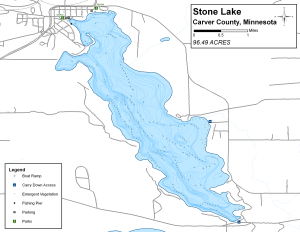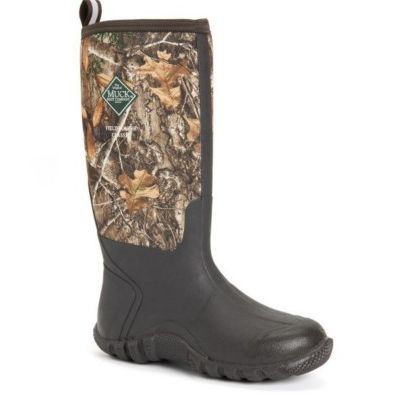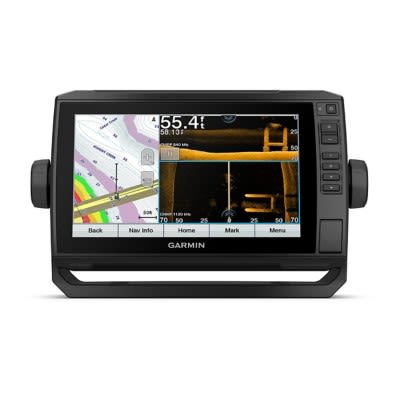Today's Best Fishing Times
Get the best fishing times for Trout Lake with Lake-Link's Fishing Forecast. SEE MORE
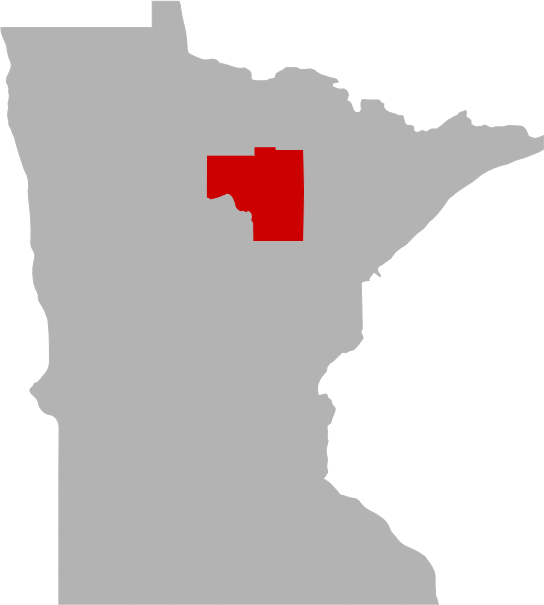
Share your catch!
We want to see what you've caught on Trout Lake.Frequently Asked Questions About Trout Lake, MN
- How big is Trout Lake?
- How deep is Trout Lake?
- What kind of fish can you catch in Trout Lake?
- What are the closest cities to Trout Lake?
- Are there places to stay in the Trout Lake area?
- Are there topographical lake maps available Trout Lake?
- Are there boat launches on Trout Lake?
- Are there places to eat and drink near Trout Lake?
- What are the fishing regulations for Trout Lake?
- What is the average air temp for Trout Lake?
- Are there any state parks near Trout Lake?
How big is Trout Lake?
How deep is Trout Lake?
What kind of fish can you catch in Trout Lake?
Other fish species in the lake include Banded Killifish, Central Mudminnow, Cisco (Tullibee), Common Shiner, Creek Chub, Golden Shiner, Hybrid Sunfish, Iowa Darter, Johnny Darter, Lake Whitefish, Mottled Sculpin, Shorthead Redhorse, Spottail Shiner, Tadpole Madtom and White Sucker.
What are the closest cities to Trout Lake?
Are there places to stay in the Trout Lake area?
More Lodging Options
Are there topographical lake maps available Trout Lake?
Are there boat launches on Trout Lake?
Are there places to eat and drink near Trout Lake?
What are the fishing regulations for Trout Lake?
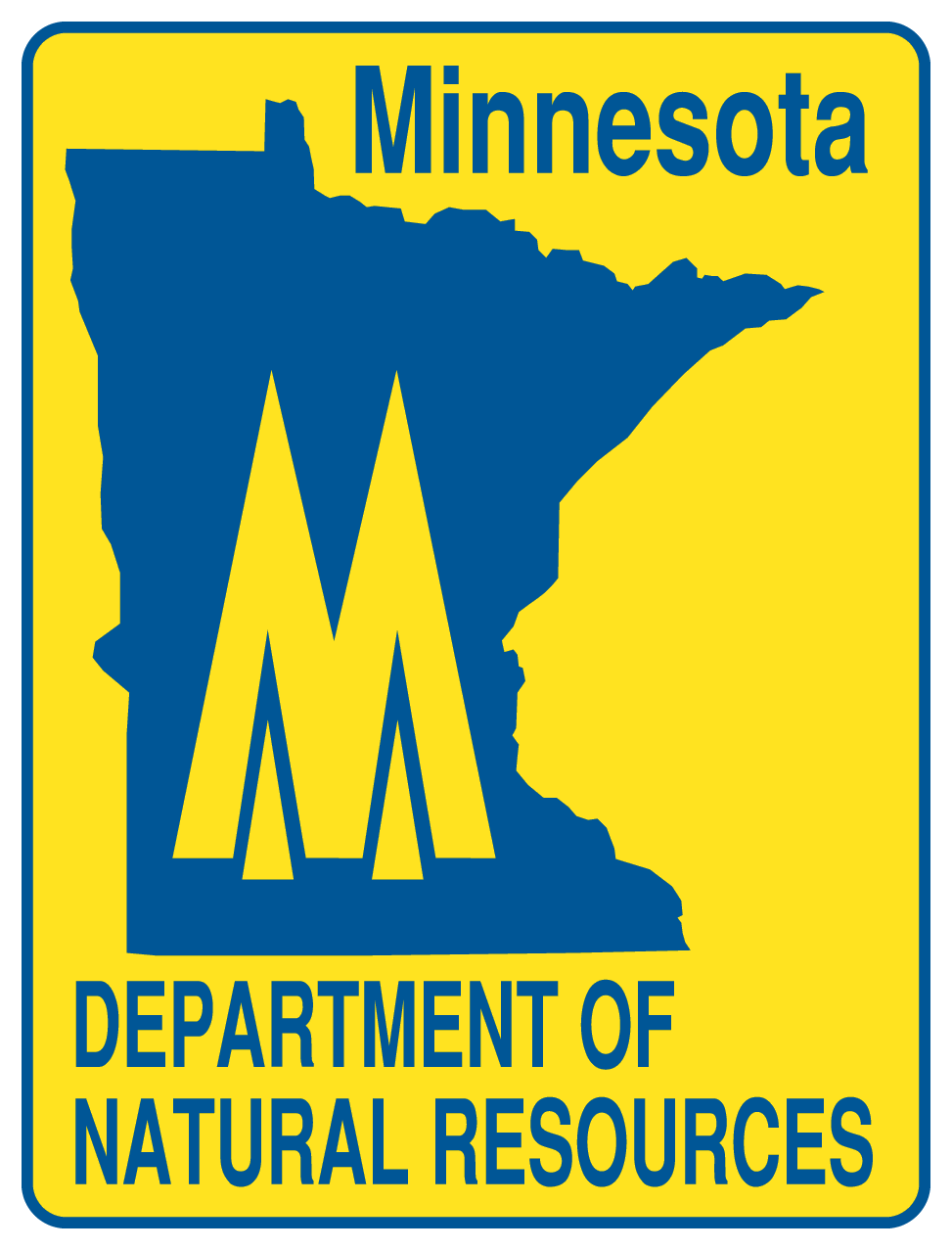 There are specific fishing regulations Trout Lake that you need to know. For complete fishing regulations visit the Minnesota Department of Natural Resources. To report a violation call (800) 652-9093. Need a Minnesota fishing license?
There are specific fishing regulations Trout Lake that you need to know. For complete fishing regulations visit the Minnesota Department of Natural Resources. To report a violation call (800) 652-9093. Need a Minnesota fishing license?
Explore the Trout Lake area in a RV
Are you looking for an adventurous vacation option that won't break the bank? Look no further than renting an RV! Contrary to popular belief, the process is much simpler than you might imagine. With just a few easy steps, you'll soon be experiencing the ultimate freedom and convenience of exploring the open road in your very own recreational vehicle. And the best part? RV travel can save you up to 60% compared to other types of vacations! With the money you'll save, you'll be able to travel even more and create unforgettable memories along the way. So why wait? Start planning your next adventure today with an RV rental. Learn more about renting a RV.
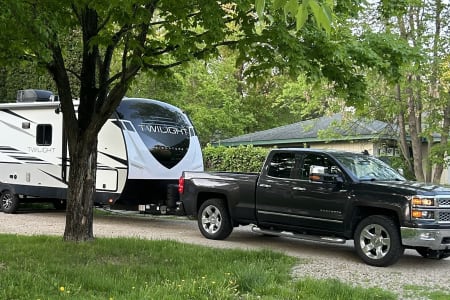
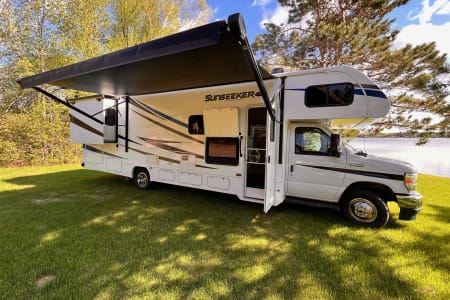
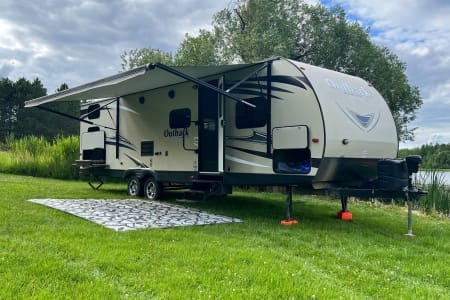
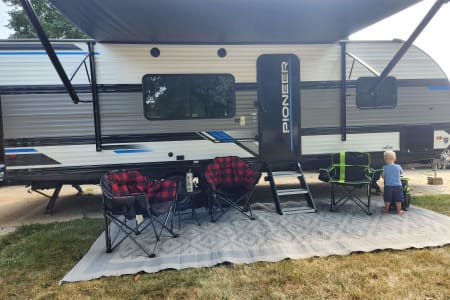
What aquatic invasive species are found in Trout Lake?
Join us in the fight to prevent the spread of invasive species These sneaky creatures can hitch a ride on boats, clinging onto propellers, anchor lines, and trailers. They can even survive in hidden places like bilge water and ballast tanks, or disguise themselves in dirt and sand that sticks to nets, buckets, anchors, and waders. But don't worry, we have the power to stop them in their tracks with just a few simple steps. So let's do our part and protect our waters from these unwanted invaders.
History & Status of the Fishery
Trout Lake is a large, fertile, class 22 lake located immediately south of Coleraine, Minnesota. As a result of industrial and municipal practices within the watershed, the lake has experienced tremendous changes in water quality and the fish community. In recent years, the lake has provided a quality northern pike and walleye fishery. The 2011 lake management plan indicates walleye and northern pike as the primary species of management with black crappie, largemouth bass and smallmouth bass as secondary species. In 2005, a 17 to 26 inch protected slot length limit with only one fish over 26 inches in possession was implemented for walleye. The 2013 assessment included additional sampling of near shore fish species in order to calculate an Index of Biotic Integrity (IBI) score and these data are documented in a separate report.
The 2011 management plan indicates the goal for walleye is to maintain a gill net catch of 10 fish/net. The walleye gill-net catch rate was 9.9 fish/net in 2007, declined to 5.3 fish/net in 2010, and increased to 10.8 fish/net in 2013. The record high walleye catch in 2013 following the lowest catch in recent history (2010) provides an excellent example of the dynamic nature of fish populations. The sampled fish ranged from 7.9 to 25.8 inches and averaged 17.2 inches.
The 2013 assessment evaluated a period in which walleye were stocked in 1999-2001, 2003-04, 2007-08, and 2011-12. Although natural reproduction has been well documented on Trout Lake, the larger year-classes corresponded to stocked years in this assessment. Twelve year-classes were identified by scale, opercle and otolith analysis. Walleye averaged 14.2 inches at age 3, which was the same as in 2007. The slower growth observed in 2010 was likely in response to the two shorter and cooler growing seasons of 2008 and 2009. Growth has continued to be similar to the statewide averages.
The management plan goal for northern pike was to maintain a gill-net catch of 3.0 fish/net. Northern pike gill net catch rates have varied from 1.0 to 9.3 fish/net since 1946. Following the lowest catch on record (1.0 fish/net) in 2007, the catch improved to 2.5 and 2.9 fish/net in 2010 and 2013. Northern pike ranged from 19.2 to 31.3 inches and averaged 24.5 inches. For two consecutive assessments, only four age-classes were identified by scales and cliethra. The sampled fish ranged from age 2 to age 5. The age structure appears to indicate there is low but consistent recruitment. Fast growth, early maturation, and no older fish in two consecutive assessments may be an indication of angler over-harvest and should be monitored closely.
Black crappie are not sampled effectively in many lakes due to their behavior of suspending off the bottom away from shallow cover during the summer. The low population appears to be in response to the lake only having a few shallow, protected bays that are important for recruitment. The normal range for this lake class is 0.2 to 1.1 fish/gill net and 0.3 to 1.7 fish/trap net. The trap nets captured seven fish for a catch of 0.5 fish/net. Gill nets only sampled three fish for a catch rate of 0.2 fish/net compared to 0.1 fish/net in 2010. The fish that were sampled ranged from 4.5 to 13.2 inches. Age and growth information was not collected in this assessment.
Tullibees are difficult to sample with our standard summer gear due to their pelagic nature. As a result, tullibee catch rates are generally low but they can be highly variable. In 1946, the gill net catch rate was 23.3 fish/net and since that time catch rates have never been higher than 3.8 (1989). The decline may be a result of changes in water quality due to the land use practices within the watershed. In the last two assessments, the gill-net catch rate was 0.1 fish/net.
The yellow perch population has experienced major fluctuations over the years. The gill net catch rates increased from 20.3 in 1984 to 169.3 in 1999 over five assessments, then declined substantially to 28.6 fish/net in 2004. The catch of 52.4 fish/net in 2013 rebounded from the record low of 13.9 fish/net in 2010. Yellow perch lengths ranged from 4.3 to 9.9 inches and averaged 6.8 inches. Due to the yellow perch size structure, they are probably more important within the fish community as a competitor and prey source than as a species desired by anglers.
Other species observed during the assessment included bowfin, brown bullhead, common shiner, golden shiner, hybrid sunfish, largemouth bass, pumpkinseed sunfish, rock bass, smallmouth bass, white sucker, and yellow bullhead.
In order to maintain or improve fish and wildlife populations, water quality and habitat must be protected. People often associate water quality problems with large-scale agricultural, forestry, urban development or industrial practices in the watershed. In reality, the impact of land use decisions on one lake lot may be relatively small, yet the cumulative impact of those decisions on many lake lots can result in a significant decline in water quality and habitat. For example, removing shoreline and aquatic vegetation, fertilizing lawns, mowing to the water's edge, installing beach sand blankets, failing septic systems and uncontrolled run-off, all contribute excess nutrients and sediment which degrade water quality and habitat. Understanding these cumulative impacts and taking steps to avoid or minimize them will help to insure our quality fisheries can be enjoyed by future generations.
What is the average air temp for Trout Lake?
Are there any state parks near Trout Lake?
For more Minnesota State Park information see our State Park Guide.
More Nearby Lakes To Explore
There's more lake's to explore around Trout Lake...| DISTANCE | ACRES | MAX DEPTH | |
| Buckeye Lake | 3.3 mi | 48 | 80 ft |
| Canisteo Pit | 3.4 mi | 1,350 | 311 ft |
| Clearwater Lake | 3.8 mi | 132 | 16 ft |
| Round Lake | 3.9 mi | 101 | 16 ft |
| Holman Lake | 4.1 mi | 148 | 65 ft |
| Lind Mine Pit | 4.4 mi | 82 | 284 ft |
| Lind Pit | 4.4 mi | 84 | 284 ft |
| Greenway Pit | 4.7 mi | 77 | 295 ft |
| South Twin Lake | 4.7 mi | 141 | 40 ft |
| North Twin Lake | 5.2 mi | 239 | 42 ft |




